WHO declared world at the start of 2009 influenza pandemic
On Jun. 11, 2009, the Dr. Margaret Chan, Director-General World Health Organization (WHO), declared the world was at…
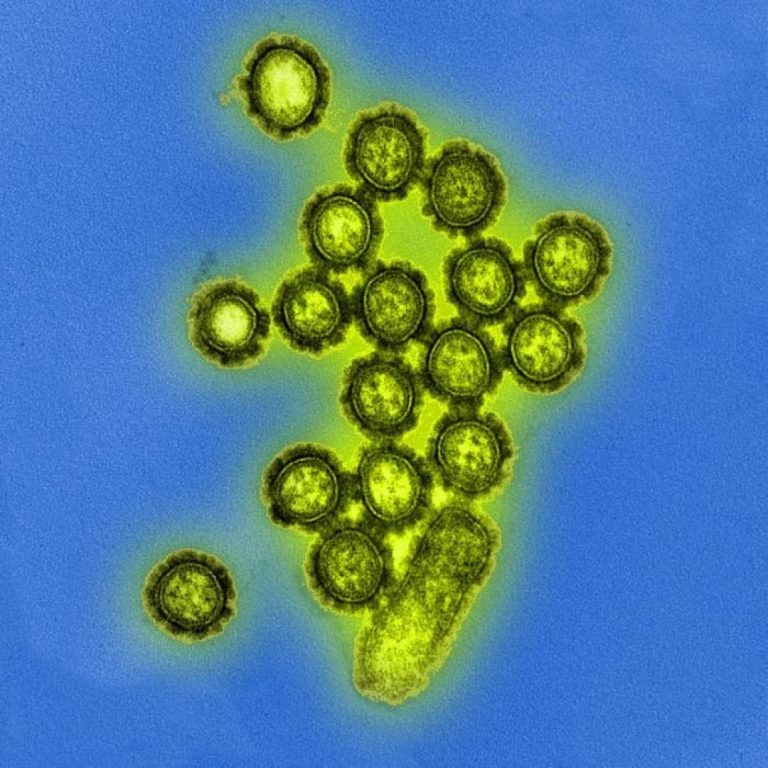
On Jun. 11, 2009, the Dr. Margaret Chan, Director-General World Health Organization (WHO), declared the world was at…
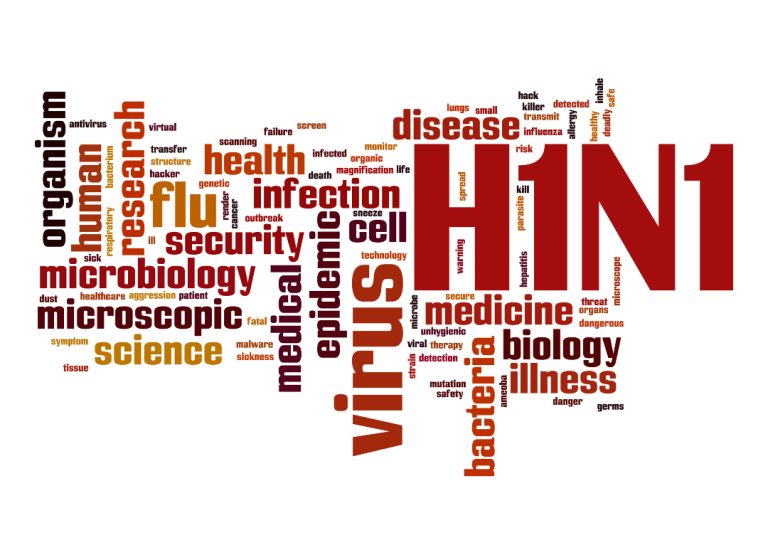
On May 22, 2009, the U.S. Dept. of Health and Human Services (HHS) directed $1 billion toward development…
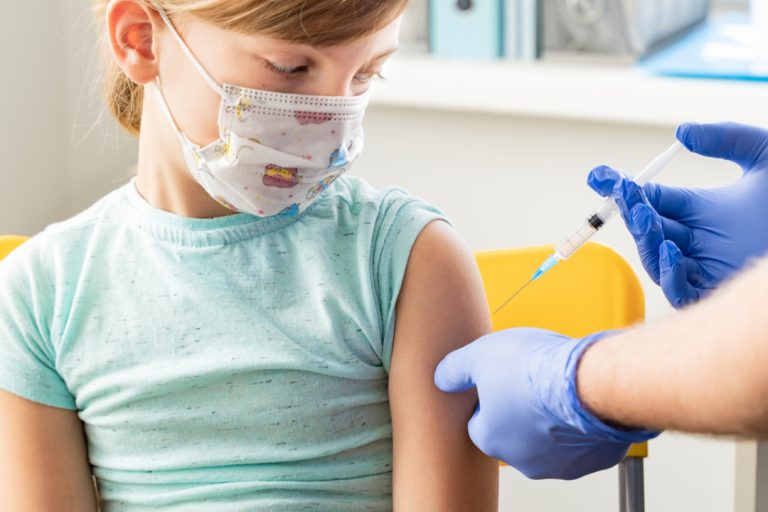
On Apr. 15, 2009, a novel influenza A virus (then referred to as ‘swine origin influenza A virus’)…
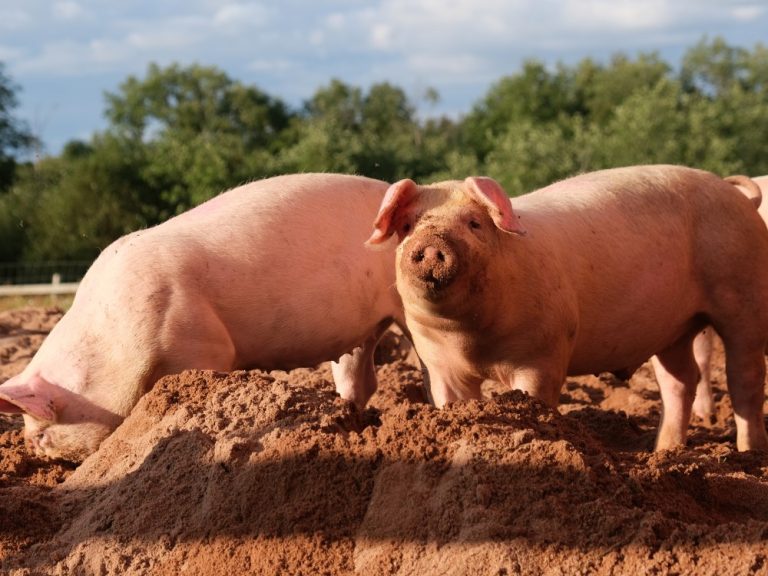
On Apr. 15, 2009, infection with the new influenza A virus (then referred to as ‘swine origin influenza…
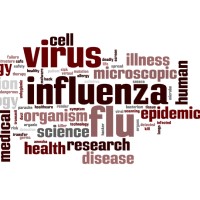
On Apr. 15, 2009, the U.S. Centers for Disease Control and Prevention (CDC) identified the novel H1N1 influenza…

In Apr. 2009, physicians used point of care rapid immunoassay tests to provide influenza results within 15 minutes…

On Jan. 15, 2009, the U.S. Dept. of Health and Human Services (HHS) awarded Novartis a $487 million…

In 2009, Drs. Judith James and Linda Thompson at the Oklahoma Medical Research Foundation (OMRF) helped develop an…

On Jun. 15, 2008, Australia announced it had approved the first locally made vaccine to protect humans from…

On Feb. 27, 2008, the Immunization Practices Advisory Committee (Immunization Practices Advisory Committee (ACIP) voted to expand influenza…

In 2008, the U.S. Centers for Disease Control and Prevention (CDC) received U.S. Food and Drug Administration (FDA)…
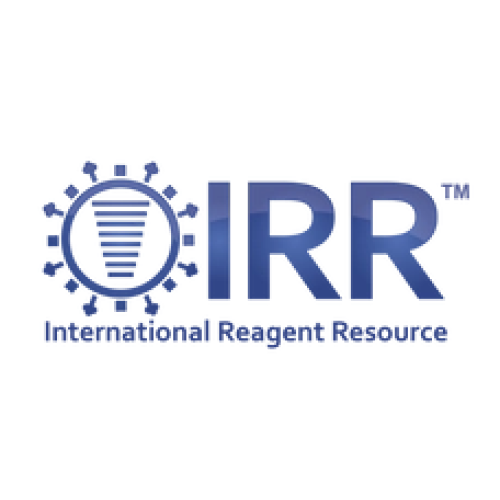
In 2008, the Influenza Reagent Resource (IRR) was established by the Centers for Disease Control and Prevention (CDC)…

On Dec. 12, 2007, Merck voluntarily recalled 1.2 million doses of Haemophilus influenzae type b (Hib) vaccines due…
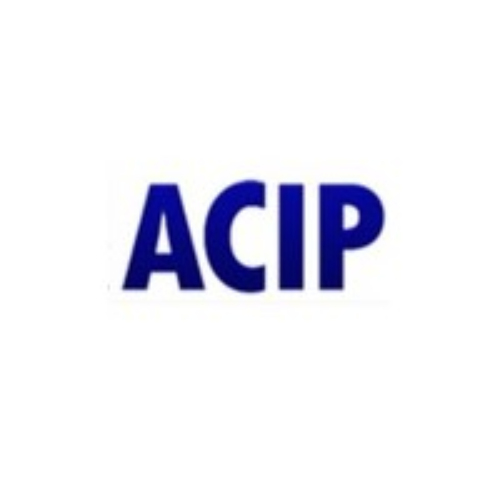
On Oct. 26, 2007, the Immunization Practices Advisory Committee (ACIP) voted to recommend the use of FluMist, the…
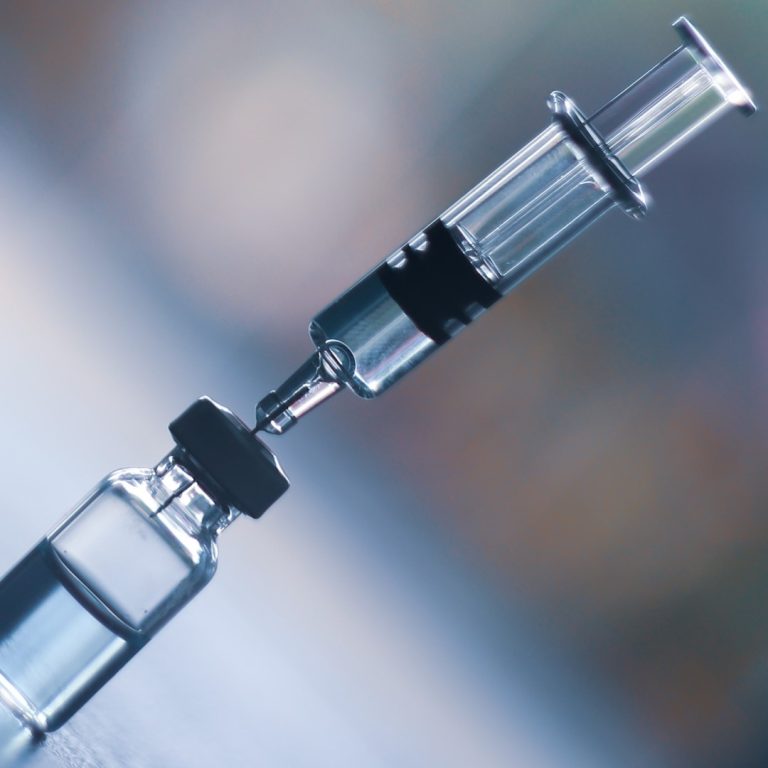
On Sept. 28, 2007, the U.S. Food and Drug Administration (FDA) approved an Australian-made influenza vaccine called Afluria…
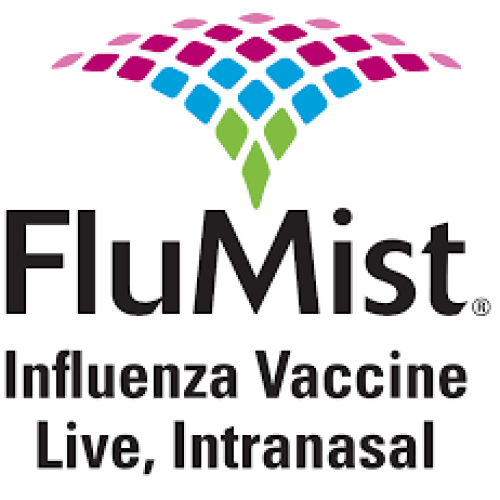
On Sept. 20, 2007, the U.S. Food and Drug Administration (FDA) approved use of FluMist nasal-spray influenza vaccine…
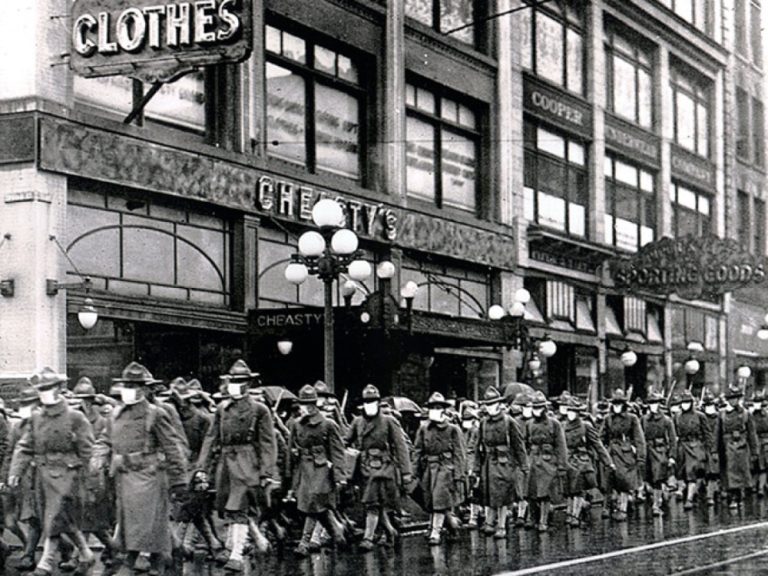
On Aug. 8, 2007, JAMA reported that research demonstrated a strong association between early, sustained, and layered application…
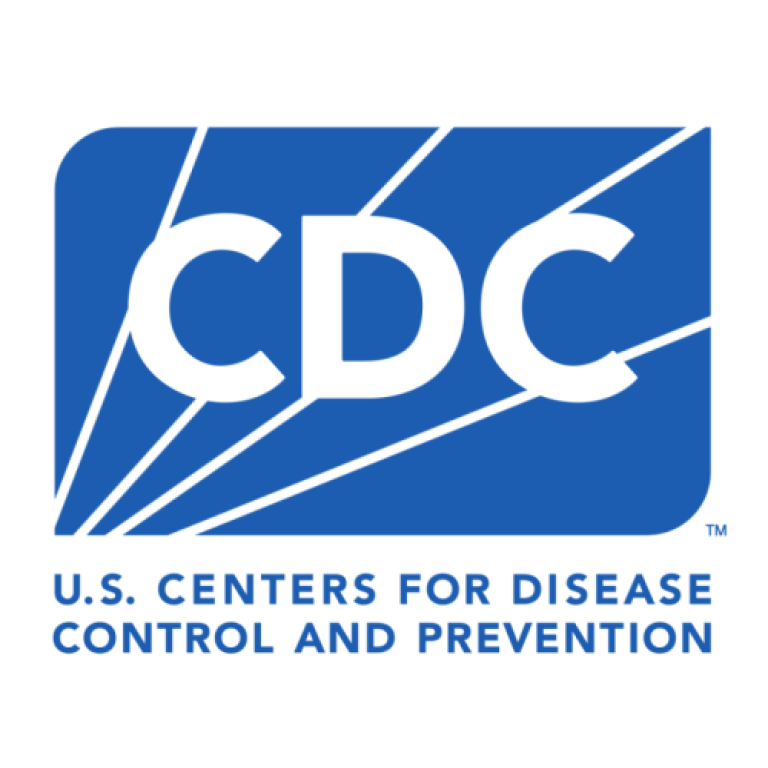
On Jul. 20, 2007, the U.S. Centers for Disease Control and Prevention (CDC) announced in MMWR that revised…
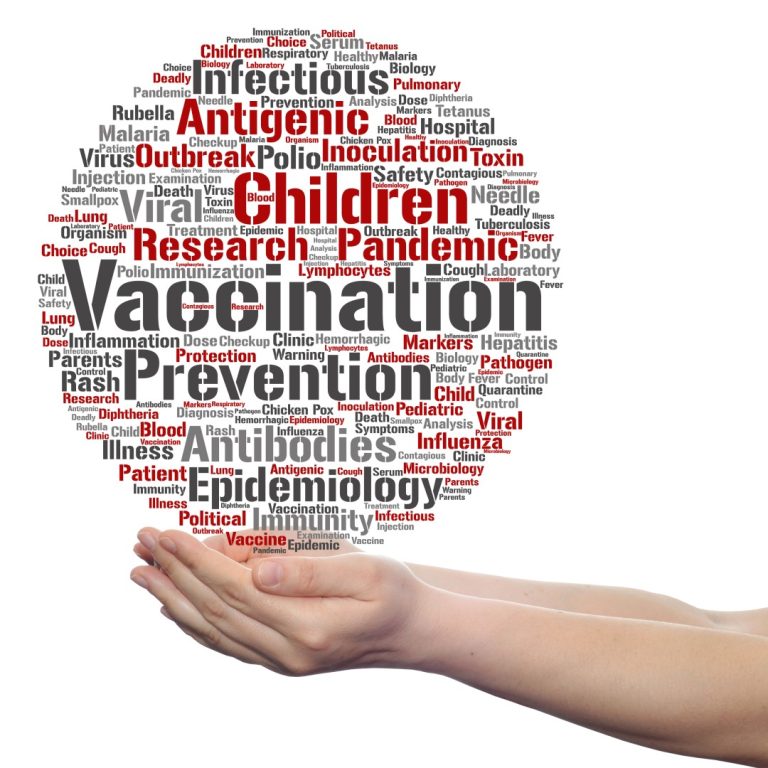
On Jul. 17, 2007, The U.S. Department of Health and Human Services (HHS) announced it was providing states,…

On Jun. 14, 2007, the U.D. of Health and Human Services (HHS) awarded $132.5 million to Sanofi Pasteur…

On Jun. 7, 2007, years before the COVID-19 pandemic swept across the globe, a group of about 100…

On Apr. 17, 2007, Sanofi announced that the U.S. Food and Drug Administration (FDA) had licensed its H5N1…
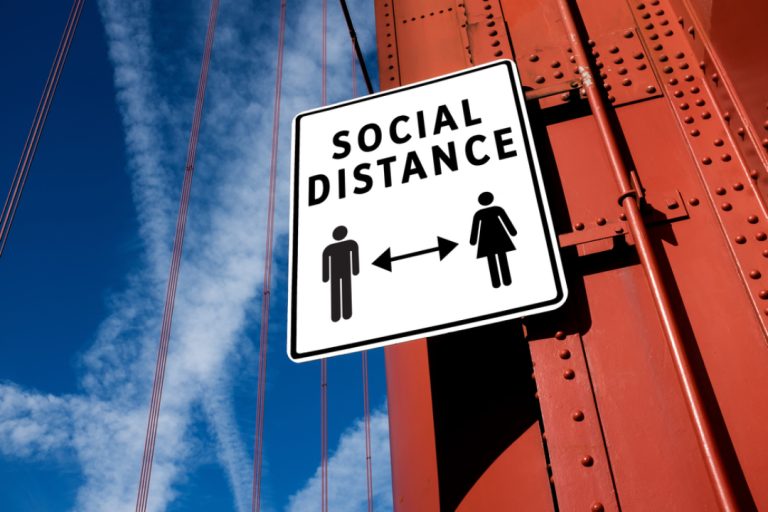
On Feb. 1, 2007, the Centers for Disease Control and Prevention (CDC) released its long-awaited disease containment strategy…
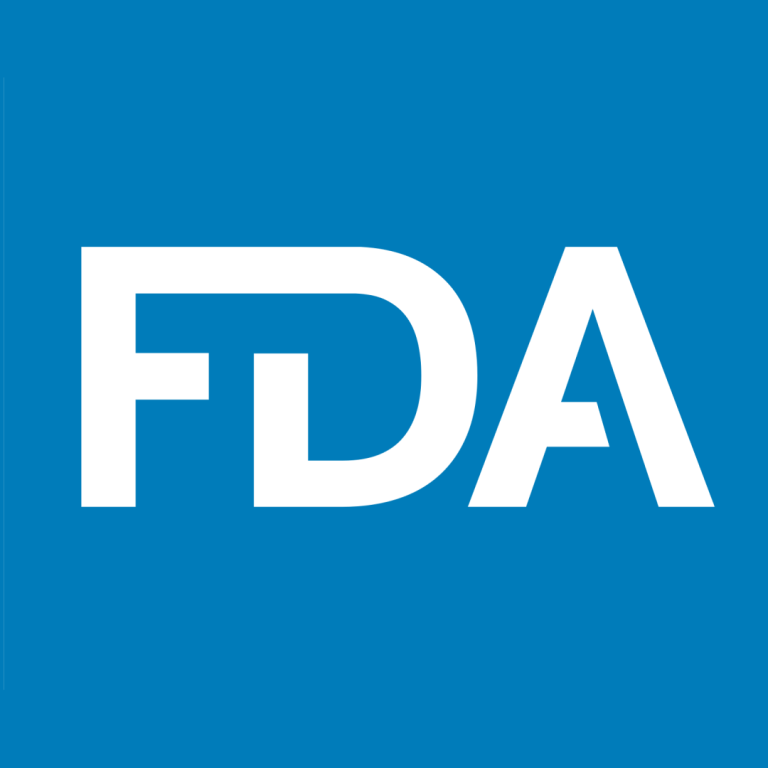
On Jan. 9, 2007, the U.S. Food and Drug Administration (FDA) announced it had approved a refrigerated form…
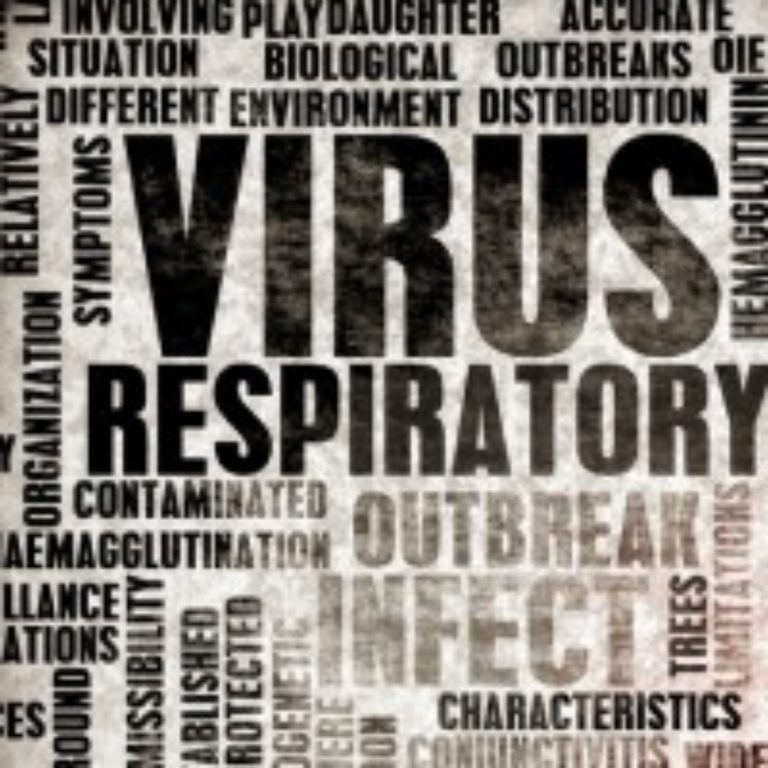
On Jan. 9, 2007, the Executive Committee of the Council of State and Territorial Epidemiologists approved an interim…
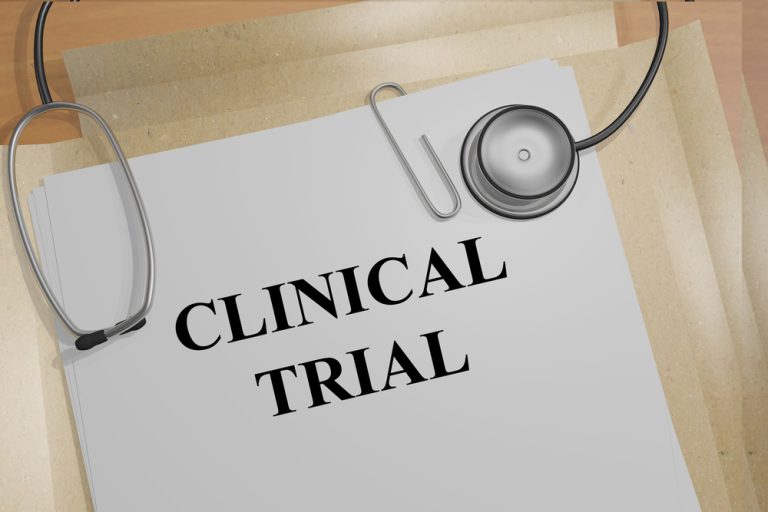
On Feb. 6, 2006, Sanofi pasteur announced it had delivered more H5N1 vaccine to the U.S. government including…
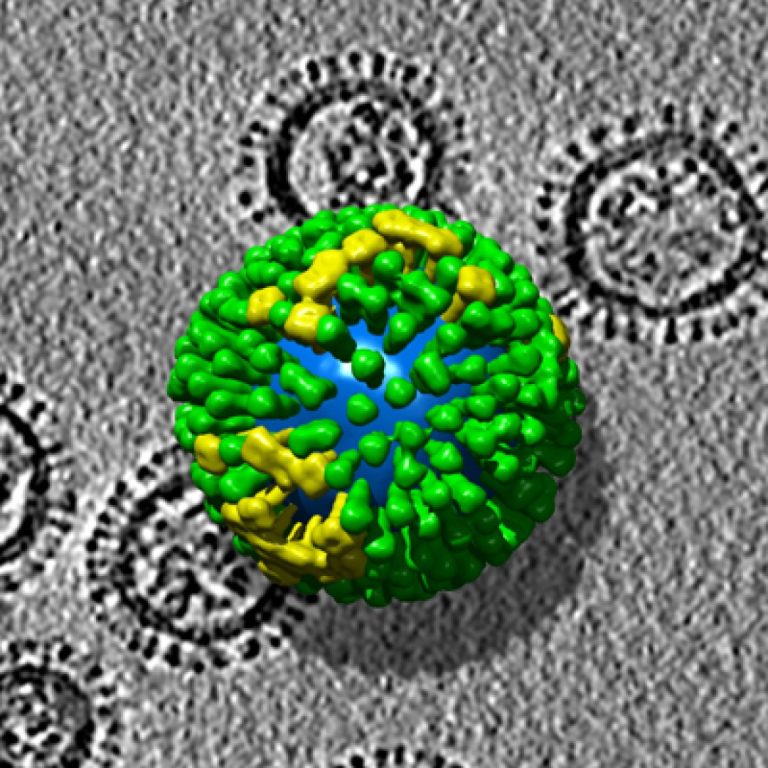
On Jan. 17, 2006, the Centers for Disease Control and Prevention (CDC) announced that it had stopped recommending…
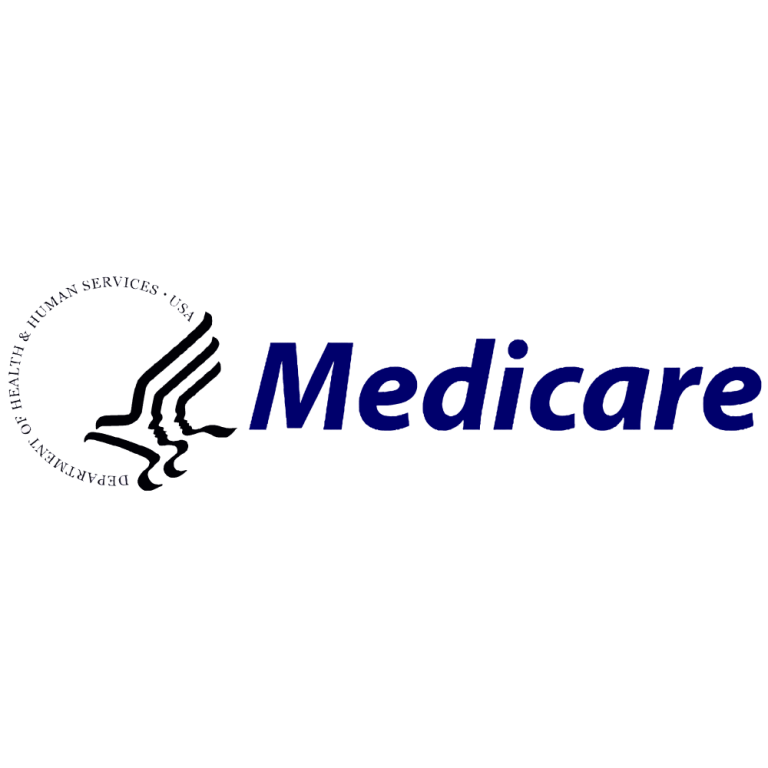
On Oct. 7, 2005, a new Federal Medicare rule became effective that required all long-term care facilities to…
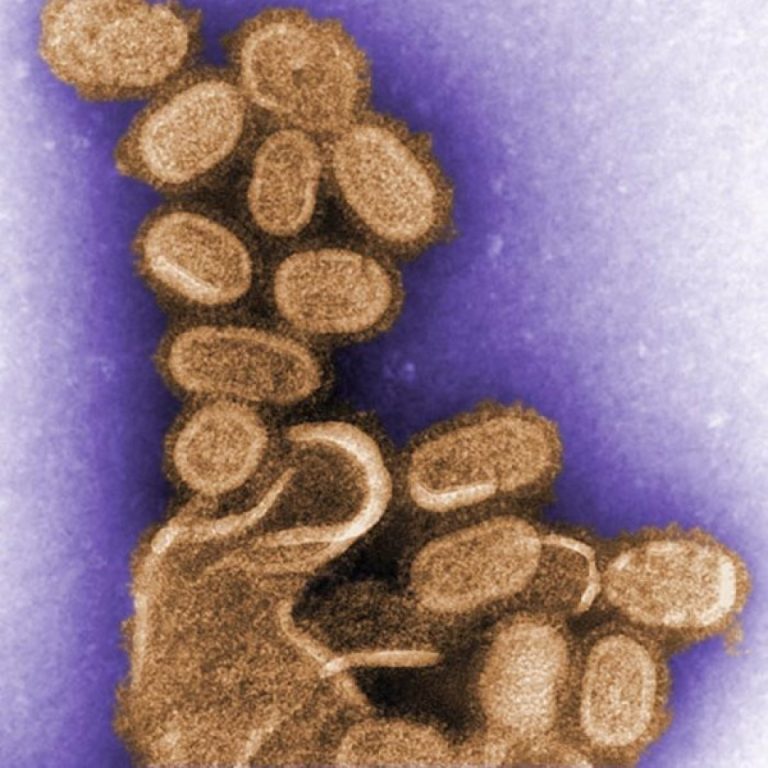
On Oct. 7, 2005, Jeffery Taubenberger, AH Reid, AE Krafft, Karen Bijwaard and Thomas Fanning published a report…
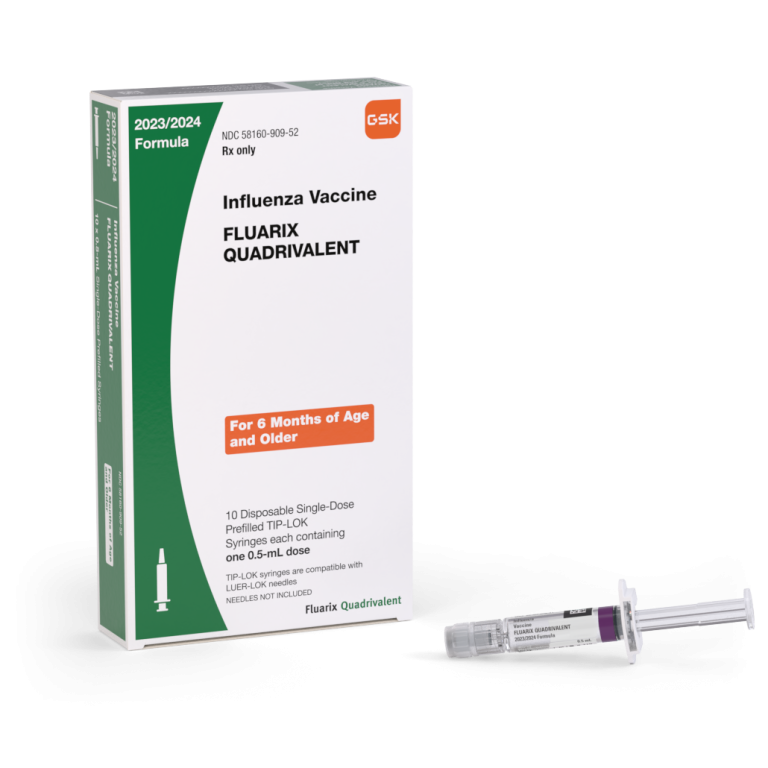
On Aug. 31, 2005, the inactivated, injectable influenza vaccine (Fluarix) by GlaxoSmithKline (GSK) was licensed. The vaccine was…